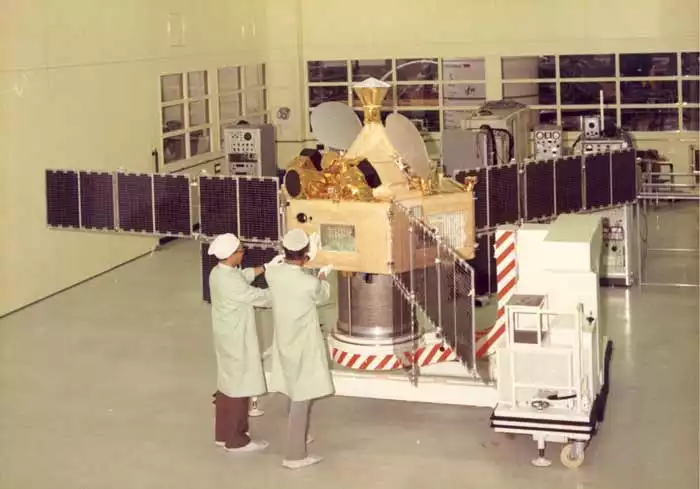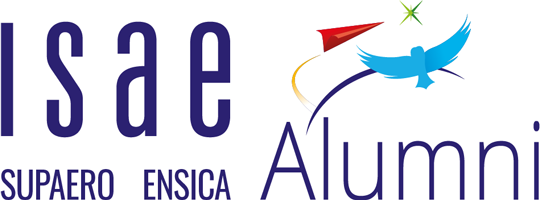50 years ago, the December 18, 1974 launch of the Franco-German communications satellite Symphonie 1 marked a worldwide revolution: for the first time in history, a geostationary satellite used optimized propulsion, based on fully liquid fuel and oxidizer, as soon as it separated from the American Delta launcher. This architecture subsequently became the first major astronautical application. Symphonie was also Europe's first telecom satellite.
The spin-offs were also considerable. The ban on its commercial use, following the creation by the USA of the international Intelsat organization in 1964, and the failure of the Europa III launcher, convinced the Europeans to adopt in July 1973 the French proposal for a launcher ensuring Europe's autonomous access to space, the Europa III Class and Substitution Launcher (LIIIS), christened Ariane, which became for a long time the N°1 commercial space launcher. In fact, the signing of the Symphonie contract in 1970 had indirectly broken the deadlock even before its launch, with the appearance of national telecom satellites, the Canadian Anik as early as 1972 and the American Westar in 1974, launched by Delta because they were built in the USA. Today, a thousand international and national geostationary telecom platforms have been launched.
A second major Symphonie spin-off was the development of the Spacebus telecom platform, the historic first non-American commercial satellite exported in 1981, to the surprise of all, to the Arabsat consortium. This family is now the world's No. 2, with almost 100 sales, behind the Ford/Loral Maxar 1300 (140 sales).











